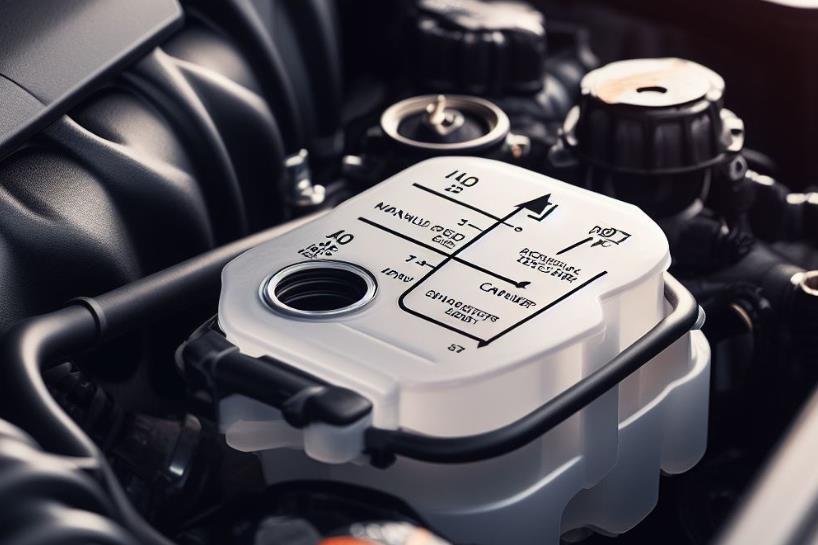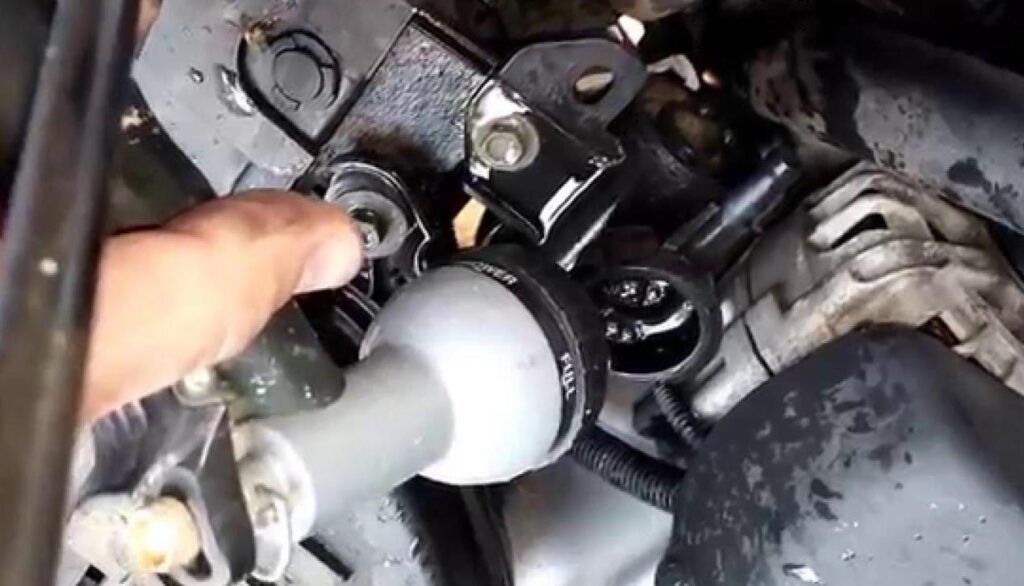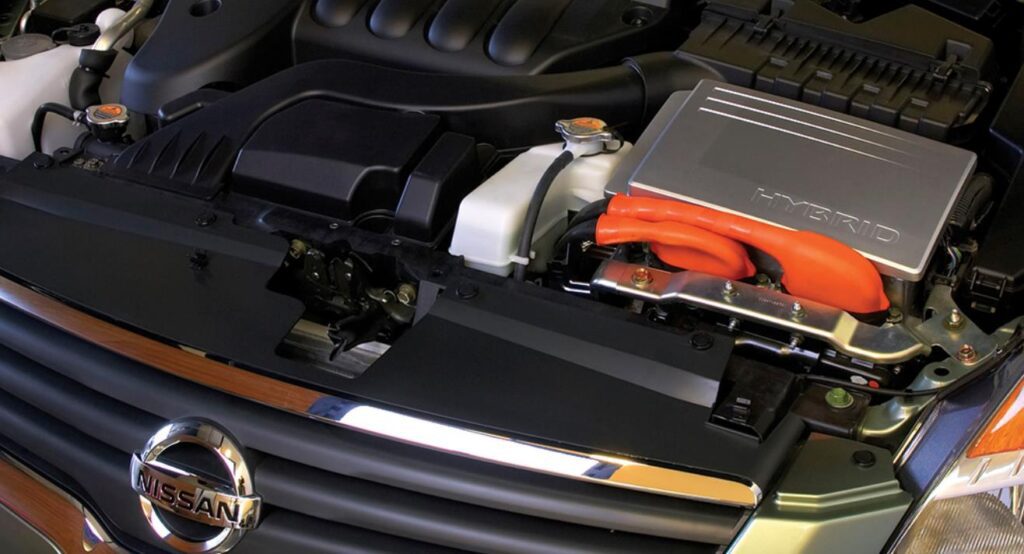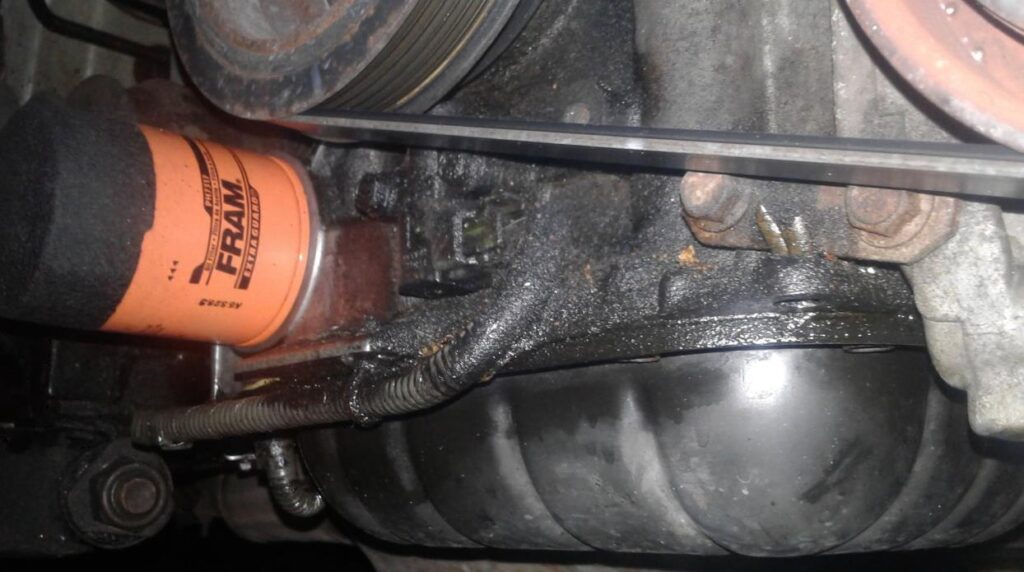How Much Coolant Does A Nissan Altima Hold? Answered
When it comes to vehicle maintenance, knowing How Much Coolant Does A Nissan Altima Hold? is crucial. This article aims to provide you with comprehensive insights into this topic. Let’s dive in to know more about this!
Key Takeaways
- A Nissan Altima typically requires around 8.5 quarts of coolant.
- The coolant should ideally be a 50/50 mix of antifreeze and water.
- Using distilled water is not mandatory but recommended.
- The process involves draining the old coolant, mixing the new coolant, and refilling.
- Always check the coolant level after driving for a day or two.
How Much Coolant Does A Nissan Altima Hold?
Nissan Altima Holds approximately 8.5 quarts. This information is vital for anyone looking to replace or refill the coolant in their Nissan Altima.

Types of Coolant: What’s Best for Your Altima?
When it comes to your Nissan Altima, choosing the right type of coolant is crucial for optimal engine performance and longevity. There are several types of coolants available in the market, each with its own set of benefits and drawbacks. Let’s delve into the details.

Universal Coolants
Universal coolants, like those from Prestone, are designed to work with almost any vehicle. They offer protection against corrosion and are available in both concentrate and 50/50 pre-mixed forms.
Asian Vehicle-Specific Coolants
Brands like Pentosin offer coolants specifically designed for Asian vehicles, including Nissan. These coolants are often phosphated and offer excellent protection against rust and corrosion.
Conventional Green Coolants
These are the traditional ethylene glycol-based coolants. They are generally less expensive but require more frequent replacement.
Organic Acid Technology (OAT)
These coolants are often used in newer models and offer extended life. They are usually dyed a different color, like orange or pink, to distinguish them from conventional coolants.
Choosing the right coolant involves considering factors like your vehicle’s age, your driving conditions, and the manufacturer’s recommendations. Always refer to your vehicle’s manual for the most accurate information.
Mixing the Right Proportion
Getting the right mixture is crucial. A 50/50 mix is generally recommended unless you need freezing protection lower than -25 F degrees. You can mix half a gallon of coolant with half a gallon of water to achieve this ratio.
Should You Use Distilled Water?
The debate between using tap water and distilled water in your vehicle’s cooling system has been ongoing. However, the consensus leans towards using distilled water, especially for your Nissan Altima. Here’s why:

Why Distilled Water?
Distilled water is de-ionized, meaning it contains no ions other than hydrogen and oxygen. This makes it free from contaminants like calcium and iron, which are often found in tap water. These contaminants can lead to corrosion and scaling inside your cooling system, affecting the radiator, water pump, and even the engine itself.
Cost vs. Longevity
While tap water is readily available and free, the long-term effects can be damaging. Distilled water, although it costs a bit, serves as a form of cheap insurance for your engine. It helps in maintaining the cooling system and extends its lifespan.
Additional sources also recommend using distilled water for flushing the cooling system, stating that it’s necessary for most cars. Tap water can’t completely drain the cooling system and leaves behind minerals that could harm your vehicle.
How to Refill Coolant in Nissan Altima?
Refilling the coolant in your Nissan Altima is a task you can accomplish with minimal tools and a bit of time. It’s a crucial part of vehicle maintenance, especially if you’ve recently drained the old coolant or if the levels are low. Here’s a step-by-step guide:

- Locate the Coolant Reservoir: Usually, it’s a translucent container near the radiator.
- Open the Reservoir Cap: Make sure the engine is cool before you open the cap to avoid any hot splashes.
- Pour the Coolant: Use a funnel to pour the new coolant into the reservoir. Make sure to use the type of coolant recommended for your Altima.
- Check the Level: Look for the “Min” and “Max” lines on the reservoir. Fill until the coolant reaches the “Max” line.
- Run the Engine: Start your car and let it run for a few minutes to circulate the new coolant. Check for any leaks or drops in the coolant level.
Climate Considerations
The type of coolant mixture may vary depending on the climate. For colder climates, a higher concentration of antifreeze may be necessary.
Importance of Regular Coolant Checks
Regularly checking your coolant level is more than just a good habit; it’s a necessity for the long-term health of your Nissan Altima. A low coolant level can lead to overheating, which can cause severe damage to your engine.

Neglecting this simple check can result in expensive repairs down the line. It’s recommended to check the coolant level at least once a month and before long trips. This ensures that your vehicle is always running at its best.
Signs of Coolant Issues
If you notice a sweet smell coming from your car, it could be a sign of a coolant leak. This is something you should address immediately to avoid overheating.
Another sign to watch out for is the temperature gauge on your dashboard rising above the normal level. If this happens, it’s best to pull over and allow your car to cool down before checking the coolant level.
When to Replace Coolant?
The general rule of thumb is to replace the coolant every 30,000 miles or every two years, whichever comes first. However, always refer to your vehicle’s manual for specific guidelines.

Failure to replace the coolant within this timeframe can lead to corrosion within the cooling system, affecting its efficiency and potentially leading to overheating.
Coolant Flush vs Drain
A coolant flush is more comprehensive than a simple drain, as it removes more of the old coolant and contaminants. If you’ve never done a coolant flush, it might be time to consider one.
However, a drain might be sufficient if you’ve been regular with your coolant maintenance. The choice between a flush and a drain depends on the condition of your existing coolant.
DIY vs Professional Service
While refilling or replacing coolant is a task you can do yourself, having it done by a professional ensures that it’s done correctly and safely. Professionals also have the tools to dispose of old coolant responsibly.
On the other hand, doing it yourself can save you money. If you’re confident in your abilities and have the necessary tools, a DIY approach can be just as effective.
How To Change Coolant On My Nissan Altima?
Changing the coolant in your Nissan Altima is a straightforward process but requires attention to detail. You’ll need a few basic tools like a large Phillips screwdriver and a drain pan with markings.
The process is applicable to Nissan Altimas from 2007 to 2018 and Nissan Maximas from 2009 to 2022, thanks to the same radiator design for both V6 and I4 engines.

- Locate the Drain Plug: Find the drain plug under the radiator and place a drain pan beneath it.
- Open the Drain Plug: Use a Phillips screwdriver to open the drain plug and allow the coolant to flow into the pan.
- Refill with New Coolant: Once drained, close the drain plug and refill the radiator with new coolant.
- Check for Leaks: After refilling, start your car and let it run for a few minutes to circulate the new coolant. Check for any leaks.
Remember, it’s crucial to dispose of the old coolant responsibly. Also, make sure to consult your vehicle’s manual for any specific guidelines.
What Kind Of Antifreeze For 2015 Nissan Altima?
For a 2015 Nissan Altima, it’s recommended to use Nissan’s OEM blue coolant. This specific coolant is designed to be compatible with Nissan vehicles and provides optimal cooling efficiency. However, if you’re in a pinch, you can also use blue Valvoline coolant, which is a compatible alternative and widely available.

It’s essential to stick to the recommended types of antifreeze to ensure the longevity and efficiency of your cooling system. Using the wrong type can lead to chemical reactions that may damage your cooling system.
How To Check Coolant Level 06-12 Nissan Altima?
Checking the coolant level in a 2006-2012 Nissan Altima is a simple yet crucial task for maintaining your vehicle’s health. The process doesn’t require any special tools and can be done within minutes. Here’s how:

- Locate the Coolant Reservoir: It’s usually a translucent container near the radiator.
- Check the Level: Look for the “Min” and “Max” lines on the reservoir. The coolant level should be between these marks.
- Top Off if Needed: If the coolant is below the “Min” line, add a 50/50 mix of water and antifreeze until it reaches the “Max” line.
- Seal and Test: Close the reservoir cap securely and start the engine to circulate the coolant. Check for leaks.
Remember, always perform this check when the engine is cold to avoid any risk of burns.
How Much Coolant Does A 2011 Nissan Maxima Hold?
The 2011 Nissan Maxima 3.5 SV has a coolant capacity that is quite similar to the Altima, given they both often share engine types. According to sources, the coolant capacity for this specific model is approximately 8.5 quarts. When changing the coolant, it’s advisable to use a 50/50 mix of antifreeze and distilled water for optimal performance.
It’s essential to refer to your vehicle’s manual for the most accurate information. Incorrect coolant levels can lead to overheating and potential engine damage, so always double-check.
Conclusion
Understanding how much coolant your Nissan Altima holds is essential for effective vehicle maintenance. With approximately 8.5 quarts needed, you can ensure your car runs smoothly in various climates. Always opt for a balanced 50/50 mix of antifreeze and water for optimal performance.
From the importance of regular checks to the signs of coolant issues, being informed is key to maintaining your vehicle’s health. Whether you opt for a DIY approach or professional service, the choice is yours, but the goal remains the same: a well-maintained cooling system for optimal performance.
People Also Ask
What Type of Coolant Should I Use for My Nissan Altima?
It’s recommended to use Nissan’s OEM blue coolant. However, you can also use blue Valvoline coolant, which is compatible and can be found at local stores like Walmart.
Can I Mix Different Types of Coolants?
Mixing different types of coolants is not recommended, as it can lead to chemical reactions that may damage your cooling system.
What Are the Signs of Low Coolant Levels?
Signs of low coolant levels include a rising temperature gauge and a sweet smell emanating from the car. If you notice these signs, check the coolant level immediately.
What’s the Difference Between a Coolant Flush and Drain?
A coolant flush is more comprehensive than a drain, as it removes more old coolant and contaminants. The choice between the two depends on your maintenance history.

Welcome to the exhilarating world of Matt Rex, a professional car racer turned renowned vehicle enthusiast. Immerse yourself in his captivating blog as he shares heart-pounding adventures, expert reviews, and valuable insights on cars, trucks, jets, and more. Fuel your passion for speed and discover the beauty of vehicles through Matt’s engaging stories and meticulous expertise. Join the ever-growing community of enthusiasts who find inspiration and expert advice in Matt Rex’s blog—a digital hub where the thrill of speed meets the pursuit of knowledge.







